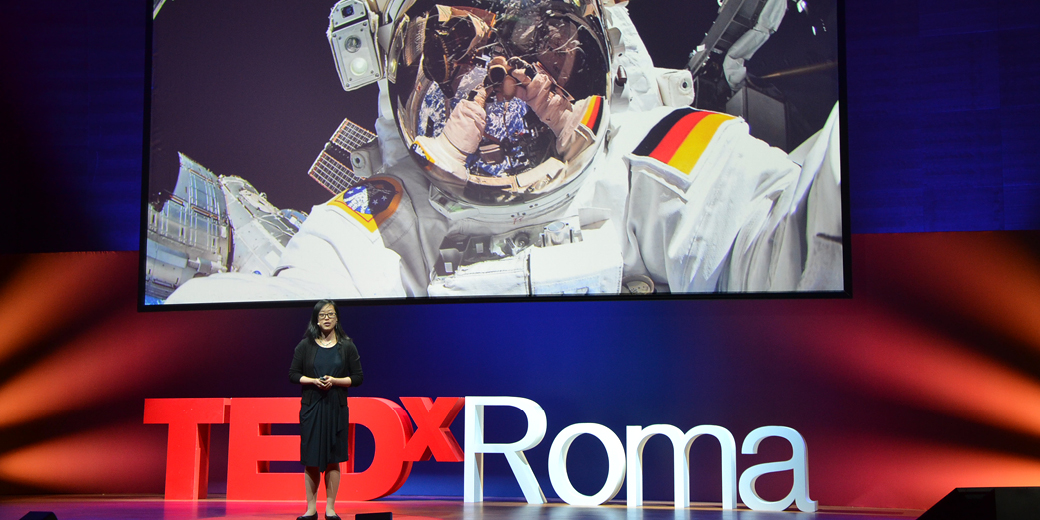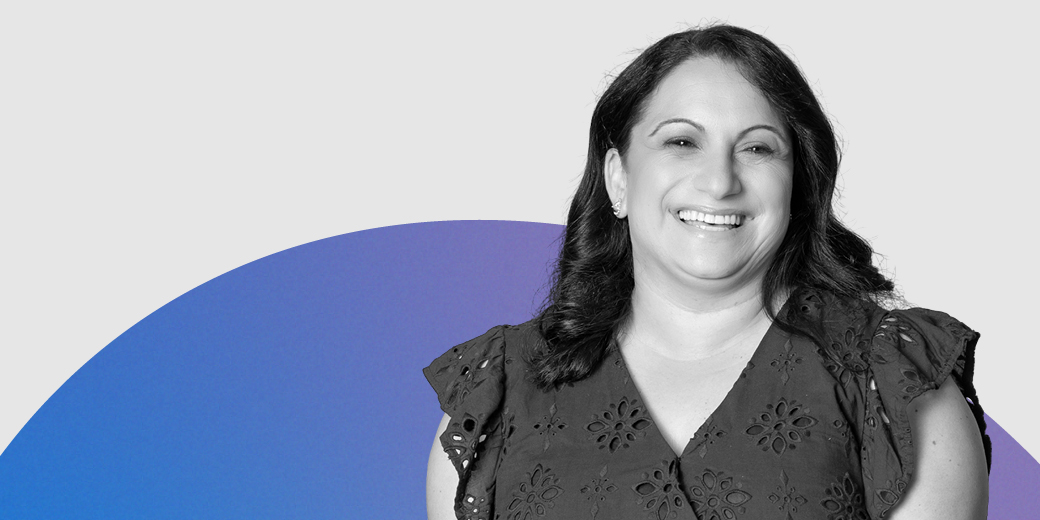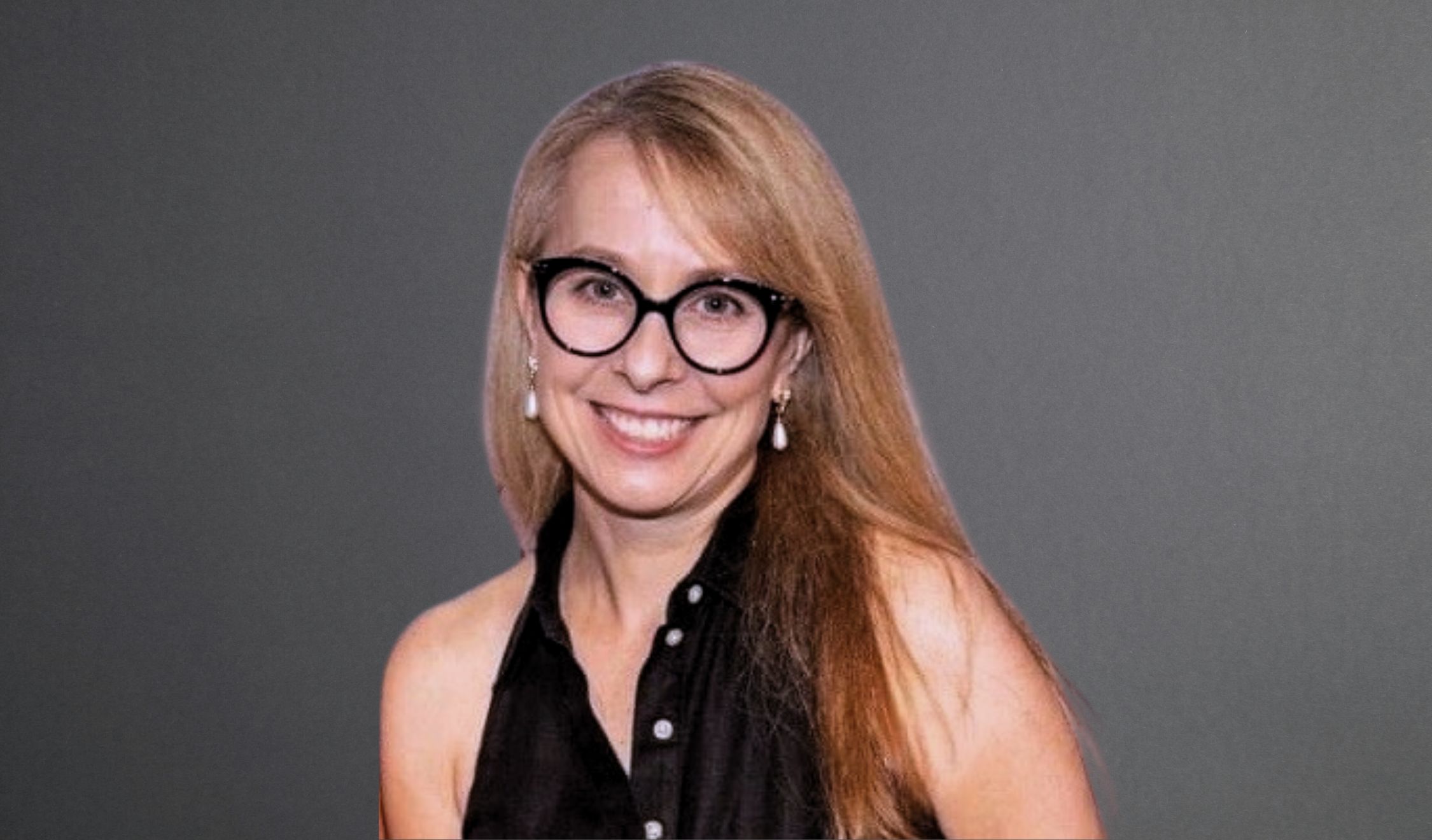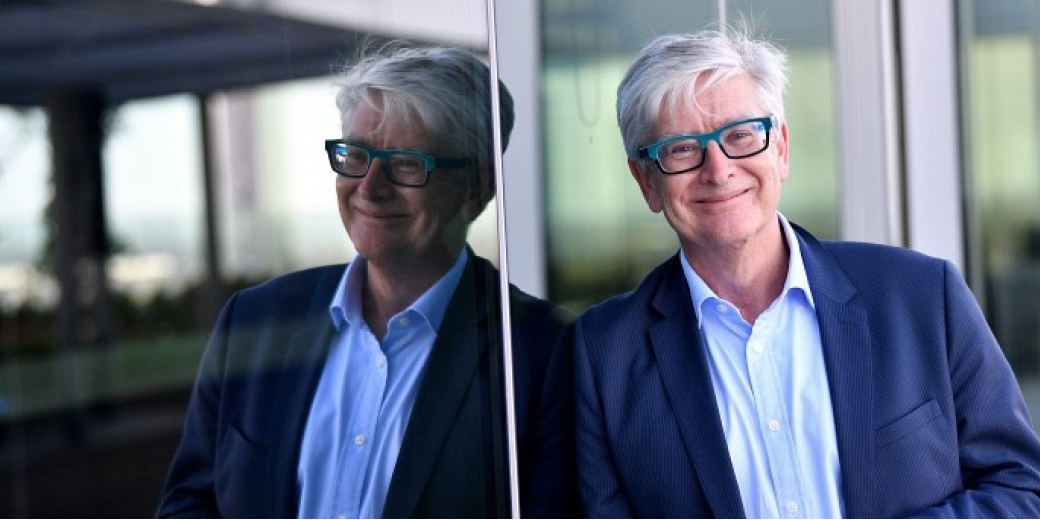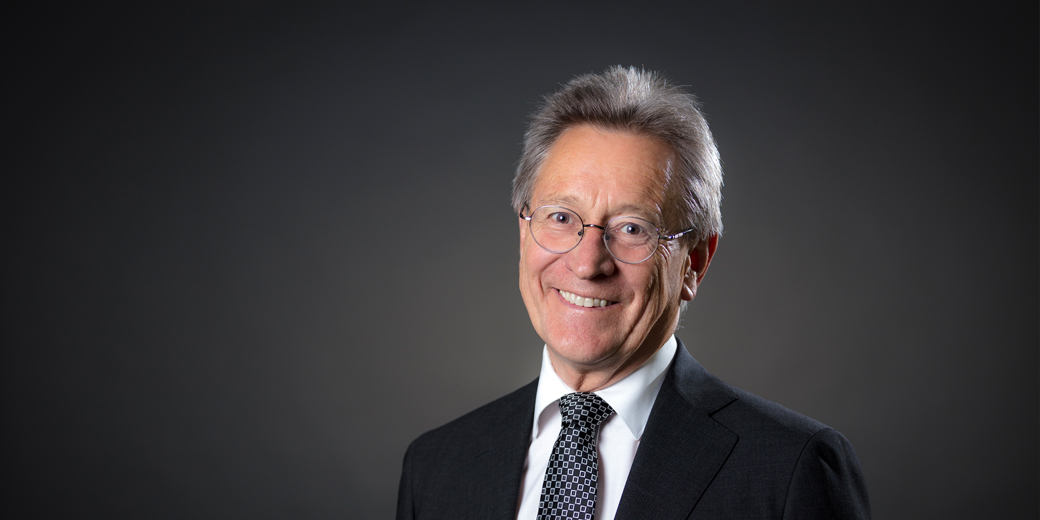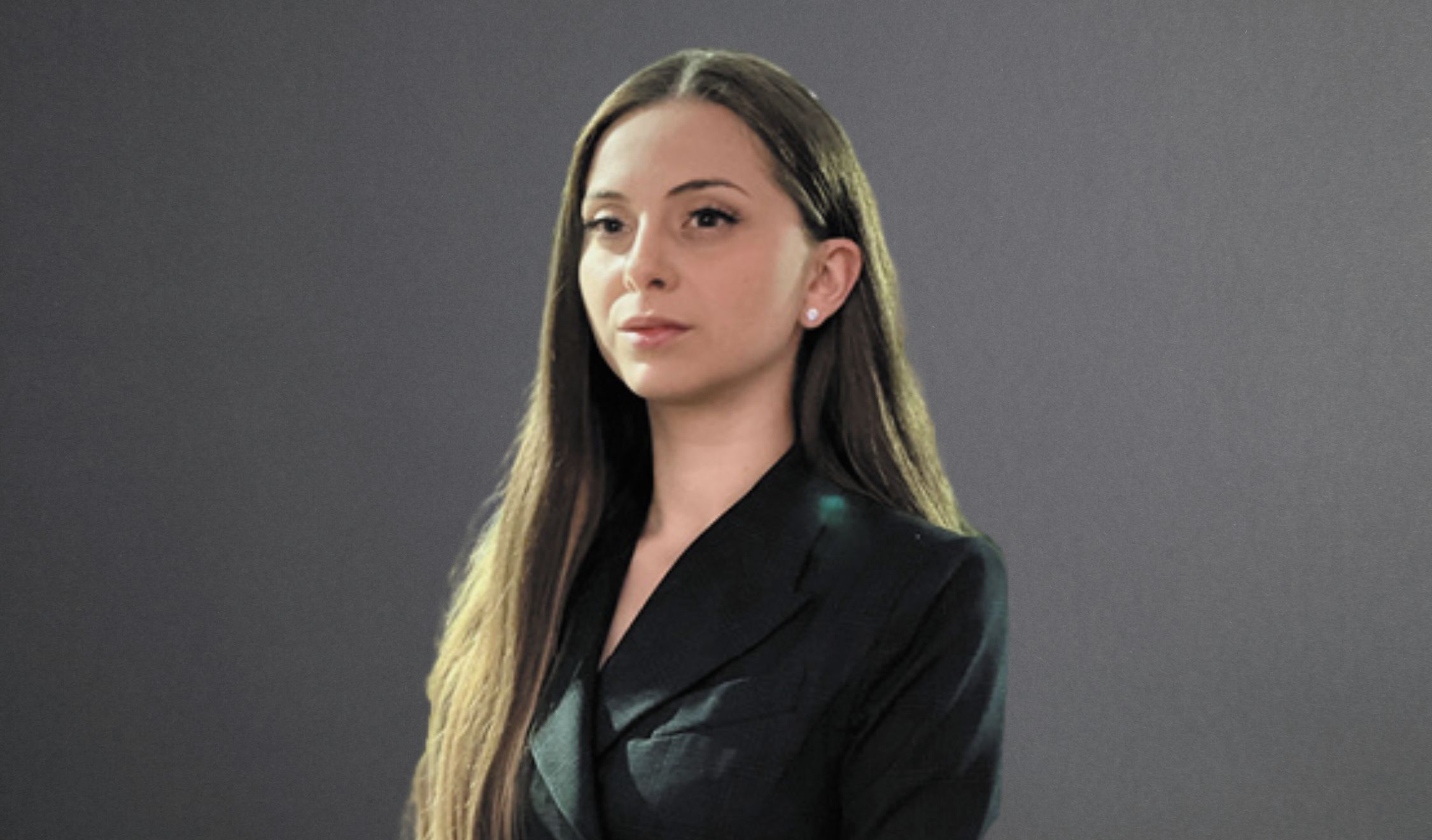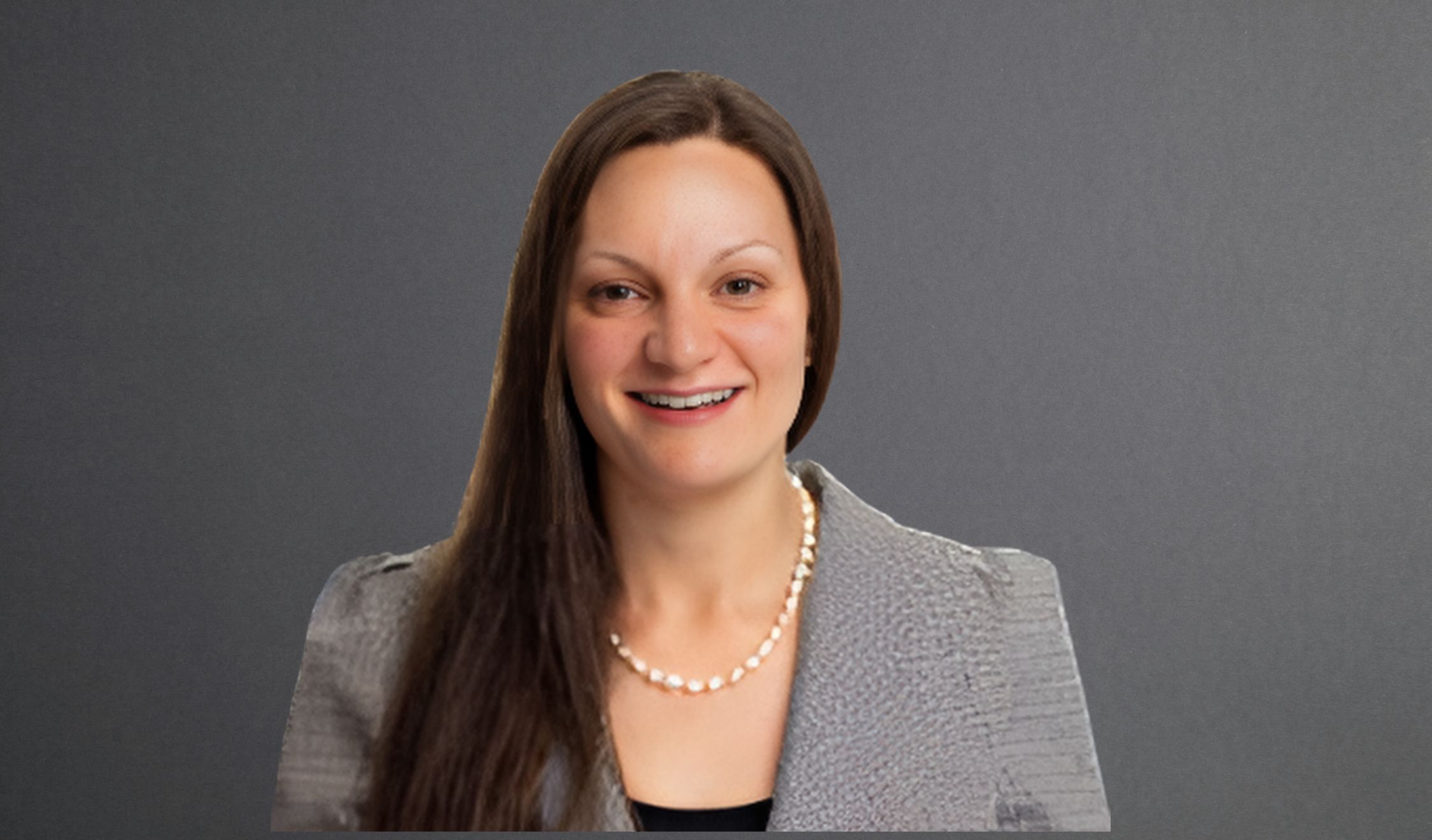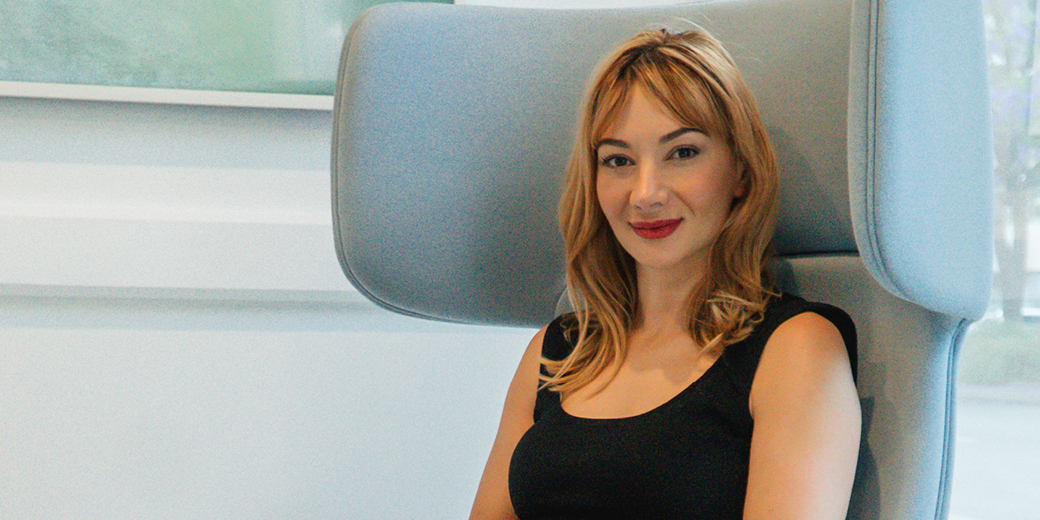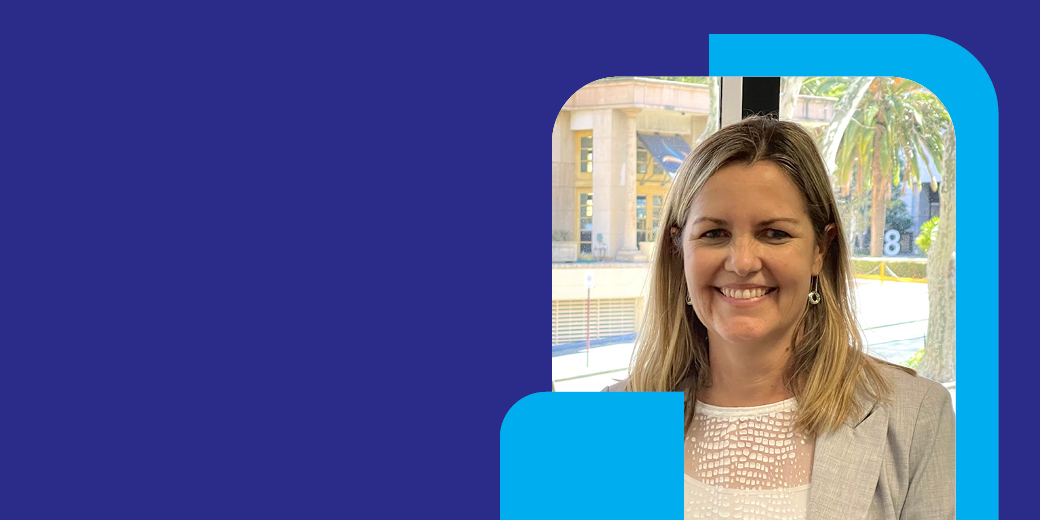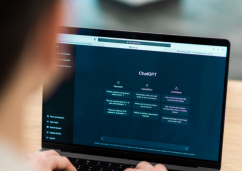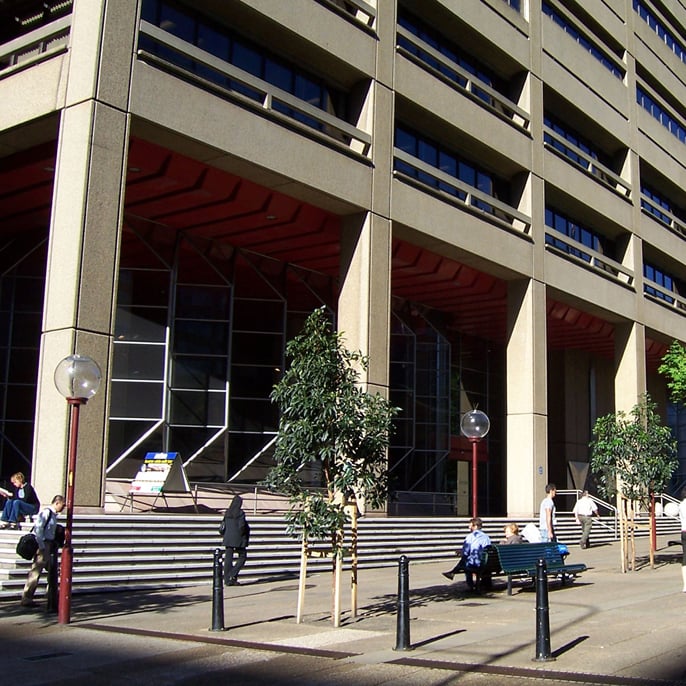Ever felt like you’re dragging yourself through mud at work? It’s depressing – your motivation drops, your energy flags, nothing feels rewarding, and managing your billables and budgets starts to feel like torture.
Sue Billen has come to a career crossroads several times in life – a place where you want a change but have no idea how to make it happen. She began her career as a Chartered Accountant with KPMG in London, but over the years navigated several career changes within professional services. Sue Billen’s experience spans business development, people development and executive transitions, in both client-facing and internal roles, as an employee and a freelancer.
The cumulative experience she gained made her improve in each new role. Now, she leverages all her experience as an executive coach and facilitator, empowering her clients to achieve professional and personal success. We caught up with Sue to find out how she came out of her career stall, and helps others find their way forward in their careers.
Why do we stay stuck?
“It feels as though some people are always on the move – no sooner have they learned one role, than they start looking for the next one,” Sue says. “However, others can find themselves feeling stalled.”
“Maybe you want to change career direction but don’t know what to do next. Maybe you’re scared to make the jump, you’re concerned about financial security, or you’re feeling overwhelmed by the thought of change. Perhaps you don’t know how to get from Career A to Career B, or you’re so busy that career planning doesn’t make it to the top of your to do list.”
The problem is that failure to change can be as dangerous as change itself Sue explains. Staying in a career holding pattern has its downsides.
“Boredom, lack of motivation, loss of confidence, stagnating skills and experience, and reduced marketability.” So, what can you do?
Unlock career change momentum
“The standard approach is to invest time in reflecting on your ideal career and mapping out a plan for how to get there, before taking any action,” Sue says.
“It’s a logical structured approach and it works well for some people. But it can take a lot of time and analysis without identifying the ‘right’ answer and delay you moving forward.”
Planning is essential, but the trap of analysis paralysis is real. How do you move beyond planning to act?
Pinpoint the real challenge
A good starting point according to Sue is to ask yourself: What is the root cause of my dissatisfaction?
“In hindsight, I realised the stress I experienced in one of my roles wasn’t due to the job itself, but to a misalignment of values with my manager. Sometimes a shift in team, culture, case, or work model can provide the change you need.”
“In my coaching practice, I often find that the challenge clients present with, isn’t the actual problem,” Sue explains. “One client wanted help identifying a new career, but on digging deeper, it became apparent that she loved her work, but the issue was unreasonable sales targets.”
Experiment short-term
“Rather than overthinking, start experimenting,” Sue suggests. “Think of your career exploration as a series of temporary opportunities to test out some new options and to gain more clarity.”
When Sue questioned whether Chartered Accountancy was the right career path for her, she arranged a secondment into the learning team.
“Initially I was designing and delivering technical training. This experiment set me on a whole new path,” Sue says.
“You could volunteer for a new case, take on a project, shadow someone in a role that interests you, cover maternity leave, help out another team, volunteer externally, or freelance on the side.”
Small steps, not momentous moves
Instead of waiting for the perfect move, take one small step in a direction that interests you. Then take another. And another.
“In a few years’ time, you may look back and think ‘Wow I never imagined I’d be here! I’m much happier, I’ve learned so much, and I’ve enjoyed the journey’,” Sue says.
“When I became interested in coaching, my first step was to take a coaching skills course. I started coaching a few friends, who referred their friends, which led to me setting up a side business and becoming an ICF-credentialled coach – while still working for Deloitte. Now I’m self-employed coaching leaders and leading people development programs.”
These approaches reduce the pressure of needing to find the “right” role upfront.
“You try something different, course-correct along the way, all the while building your skills, experience and network,” Sue says.


















